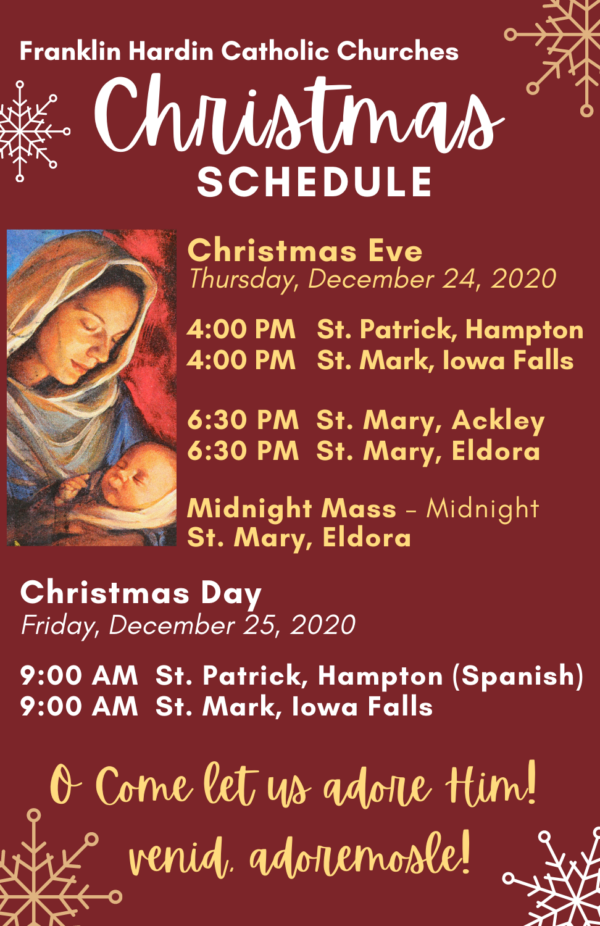February 26, 2023 – An Inspiring Story of Faith in Japan
On Feb. 6, we celebrated the Feast of Saint Paul Miki and Companions. In the late 1500s the Catholic Faith in Nagasaki, Japan, had grown to as many as 300,000 Catholics. However, Japan rulers tried to destroy the Catholic Church and the faith in Japan seeing it as a threat to their power. Saint Paul Miki and 25 other leaders of the Catholic faith were publicly executed through crucifixion. Persecution continued, and by 1630, it was thought that the Catholic Church of Japan was completely destroyed.
Two hundred and fifty years later, when Catholic missionaries returned to Japan, they were surprised to find that the faith had not been destroyed, but a faithful remnant had secretly preserved and passed on the Catholic faith for all those years!
The Catholic faith continued to grow again and Nagasaki became the heart of Catholic Christianity in Japan. Some even began to call it the “Rome of Japan.”
In 1931 the Franciscan priest Saint Maximillian Kolbe traveled to Nagasaki and built a monastery there, to continue to help built up the faith there. For some reason, Maximillian Kolbe was insistent that the Franciscan monastery was built in a particular place on a mountainside, despite disagreement from the local architects, who though it should be built elsewhere.
On August 9, 1945, when the atomic bomb dropped on Nagasaki, Kolbe’s Franciscan monastery seemingly miraculously survived the bomb, as the mountain shielded it from the main force of the blast.
The Franciscan friars then served an important role of ministering to both the physical and spiritual needs of all the survivors after the atomic blast.
It seemed that Maximilian Kolbe was acting on Divine inspiration when he was deciding where to place the monastery.
For the survivors of the atomic bomb there were many questions: Why did Nagasaki and its tiny Christian community have to endure the bomb? Was there meaning in all that pain? Did their God curse them? Was it completely senseless? Had it exposed the indifference of God? One person who asked these questions was a Nagasaki doctor Takashi Nagai. As a leader in the local Catholic community, he was asked to speak at a special Mass for those killed in the atomic bomb. What he said was astonishing:
“I believe … God’s providence chose [Nagasaki] … Is there not a profound relationship between the annihilation of Nagasaki and the end of the war? Was not Nagasaki the chosen victim, the lamb without blemish, slain as a whole-burnt offering on an altar of sacrifice, atoning for the sins of all the nations during World War II? Only this holocaust in Nagasaki sufficed and at that moment God inspired the Emperor to issue the sacred proclamation that ended the war. The Christian flock of Nagasaki was true to the faith through three centuries of persecution. During the recent war it prayed ceaselessly for a lasting peace. Here was the one pure lamb that had to be sacrificed as a holocaust on His altar … so that many millions of lives might be saved.”
Nagai spent the rest of his life reflecting on the notion of redemptive suffering, which is at the heart of Christian life.
Japanese Archbishop Mitsuaki Takami (Archbishop from 2003–2021) said, “Our Christian ancestors were oppressed and monitored, and then suffered from the atomic attack. This all made me think, ‘What is it supposed to mean?’ Perhaps the followers in Nagasaki have been given a mission to convey peace.”
Peace,
– Fr. Kevin

